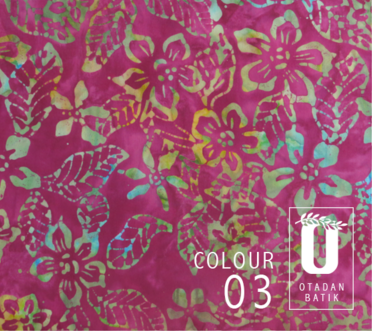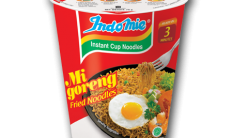Lehigh Valley garment workers on picket line
Washington Observer Reporter, PA
Associated Press
EASTON – About 500 garment workers from three Northampton County manufacturers hit the picket lines in what labor officials said is the industry’s largest strike in the Lehigh Valley in 50 years.
“They want to change our health care and we can’t afford what they’re offering us,” said Noreen Vanbilliard, who has worked for one of the three affected manufacturers, A&H Sportswear, for 25 years. “We need better wages, raises and better health care.”
Many of the mostly female workers who picketed Friday said the contract proposal represents a pay cut because they will shoulder medical expenses without an adequate raise.
Historically, the garment workers had their medical insurance paid entirely by their employers. Workers said the proposed contract calls for them to pay weekly premiums plus 15 percent of their outpatient medical bills, and spouses are no longer covered. That is being proposed without a wage increase to help offset the new costs, they said.
Many sewing machine operators earn a base salary of about $8 an hour, plus productivity pay for each piece of clothing.
Business owners said it is difficult for domestic apparel manufacturing companies to pay much and still compete against products made for less money overseas.
“We’re dying,” said Joe Capozzolo, whose family owns Universal Sportswear, the smallest company affected by the strike with about 25 union employees. “I sometimes make a nickel on a T-shirt. It’s not like we’re making big bucks.”
Arnold Delin of the Atlantic Apparel Contractors Association, which is representing the garment companies in the negotiations, has said he expects the sides will reach an accord without a long strike. Both sides met Friday without reaching an agreement, Delin said.
The apparel association represents A&H Sportswear, based in Pen Argyl; International Women’s Apparel of Forks Township, a division of Chicago clothing maker Hartmarx; and Universal Sportswear, a division of Windjammer in Bangor, which makes sports apparel.
The Lehigh Valley’s garment industry rose after World War II as factories pulled out of New York City, said Thomas Hyclak, an economics professor at Lehigh University. Factories found an eager work force in the wives of steelworkers and coal miners who needed to supplement their family incomes during strikes and layoffs, he said.
However, many garment jobs have moved overseas to cut costs. The region had approximately 2,000 people working in the cut-and-sew apparel manufacturing jobs in 2014, down 18 percent from 2002, according to the Lehigh Valley Economic Development Corporation.





